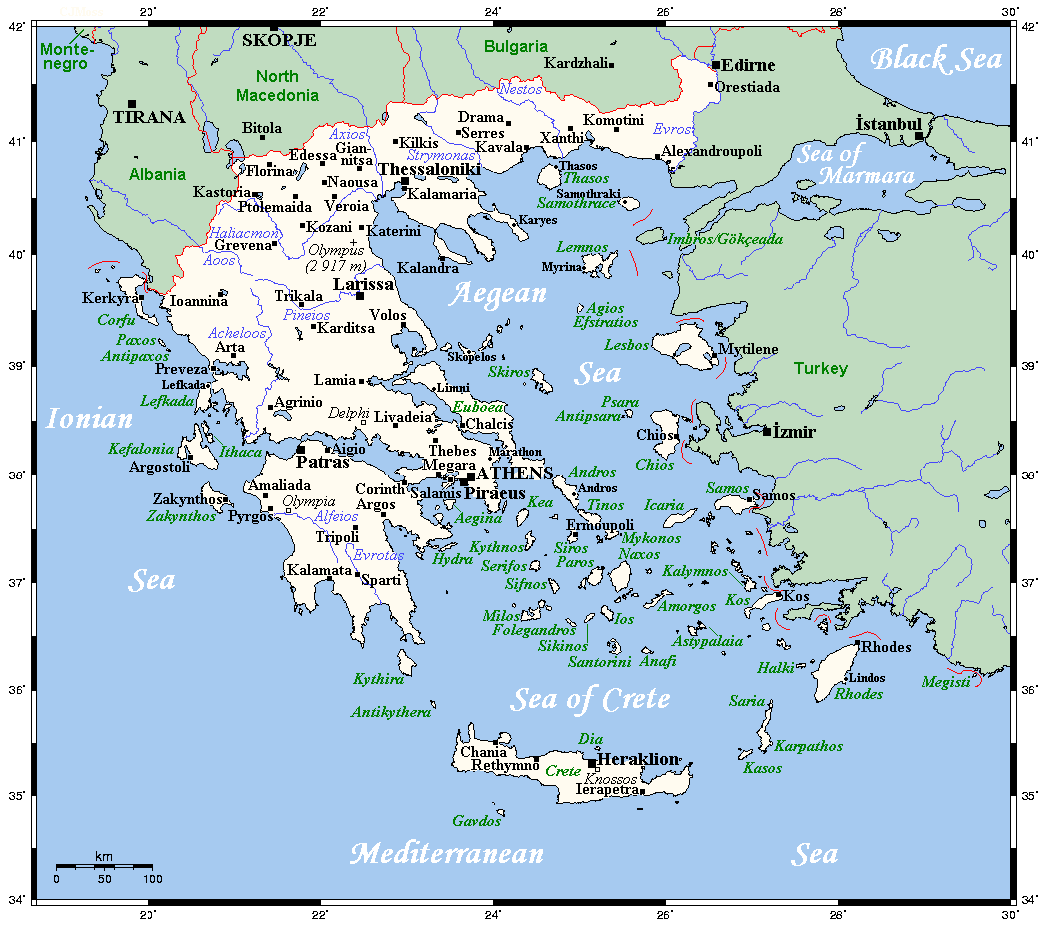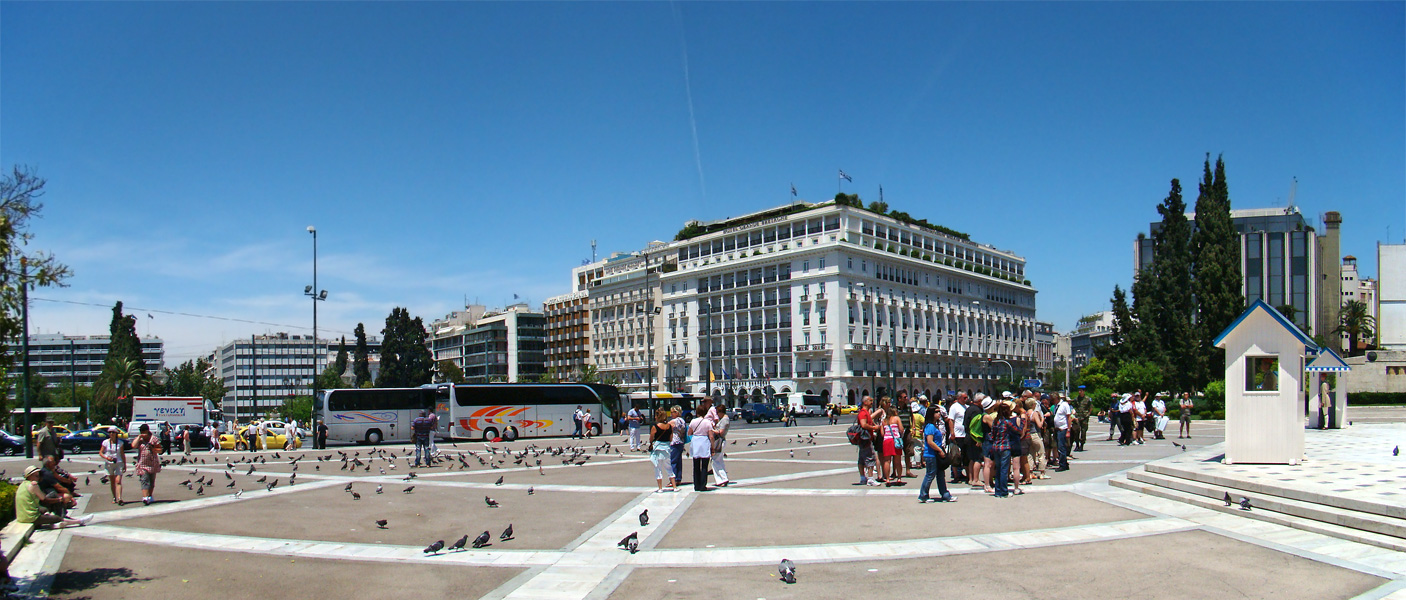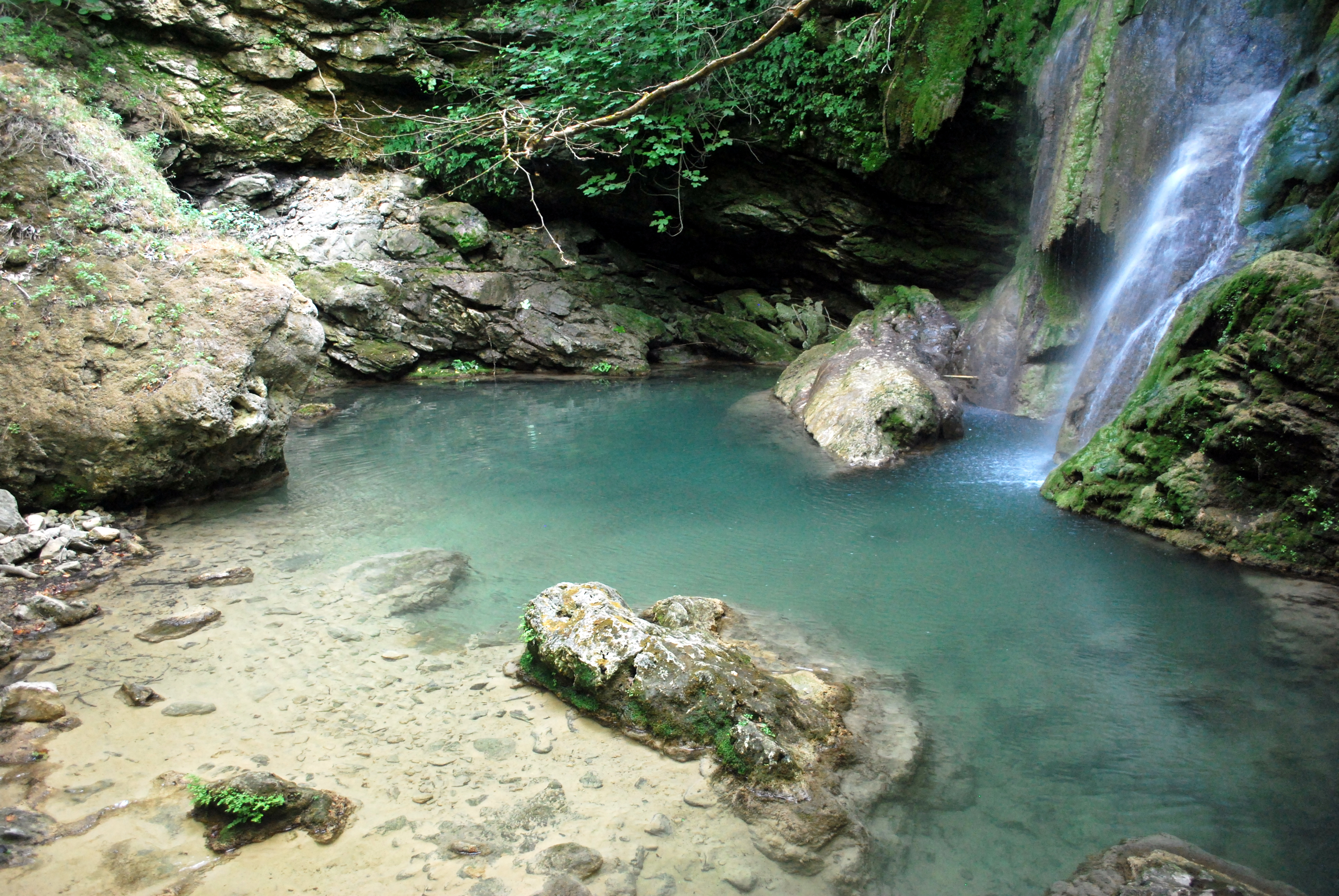To begin, irrigation is the artificial provision of water to crops. I know many people think this topic is boring or trite, but agriculture and water is universal, and the problems affecting one country generally affect others as well. Currently, the countries with the highest populations (China, India, U.S., and Indonesia) have over 100,000 square kilometers of irrigated land. That number is outrageous, considering that irrigation sucks up freshwater aquifer supplies and can result in the widespread water logging of plants/the buildup of salts. For example, salinization is starting to occur rapidly in Egypt around the Nile River. This riverbed has been irrigated extensively for thousands of years (since around 3100 BCE), drawing salt from lower horizons in the soil to the upper levels. In some cases, the salt has accumulated so much that the soil is whitish in areas. But, who cares? I live in the United States, not Egypt, so how is this one example relevant to me or any other non-citizen of Egypt at all? The answer is that salinization not only occurs in the Middle East but also in China, Iraq, Pakistan, Russia, Australia, Mexico, United States, Chile, Bolivia, Spain, and many other countries (http://www.ciesin.columbia.edu/docs/002-193/002-193.html). Seeing as nearly half of the world’s population lives in the one of these countries, chances are, salinization is affecting you.
Agriculture in Ancient Egypt
Salinization (the the white areas are the buildup of salts)
What is the solution to better irrigation practices and worldwide education on the problems of the current systems? Some believe that center-pivot irrigation (which is where machines rove around in a wide circle and deliver even amounts of water on the crops) is a valid solution; however, it is not sustainable or healthy for the soil. A potentially better solution is drip irrigation. According to dictionary.com, drip irrigation is “a system of crop irrigation involving the controlled delivery of water directly to individual plants through a network of pipes and tubes” (http://dictionary.reference.com/browse/drip+irrigation). Basically, the farmer can control how much water each plant gets so that there is little water waste through evaporation. This method is effective because it avoids the arbitrary placement of water over the whole expanse of a field, regardless of whether the plant is actually receiving the nourishment or not. Additionally, drip irrigation can help decrease eutrophication (which is when bodies of water receive an unhealthy dose of fertilizers such as nitrogen and phosphorus through farm runoff). Instead of excess runoff dragging harmful chemicals into rivers and streams, little to no water is wasted.
Center-pivot irrigation in America
Drip Irrigation
Sunflower field in Italy
Sources:
http://www.waterhistory.org/histories/nile/t1.htmlhttp://www.unwater.org/statistics_res.htmlhttp://www.raindrip.com/what-is-drip-irrigation/benefits-of-drip-irrigation-basic












